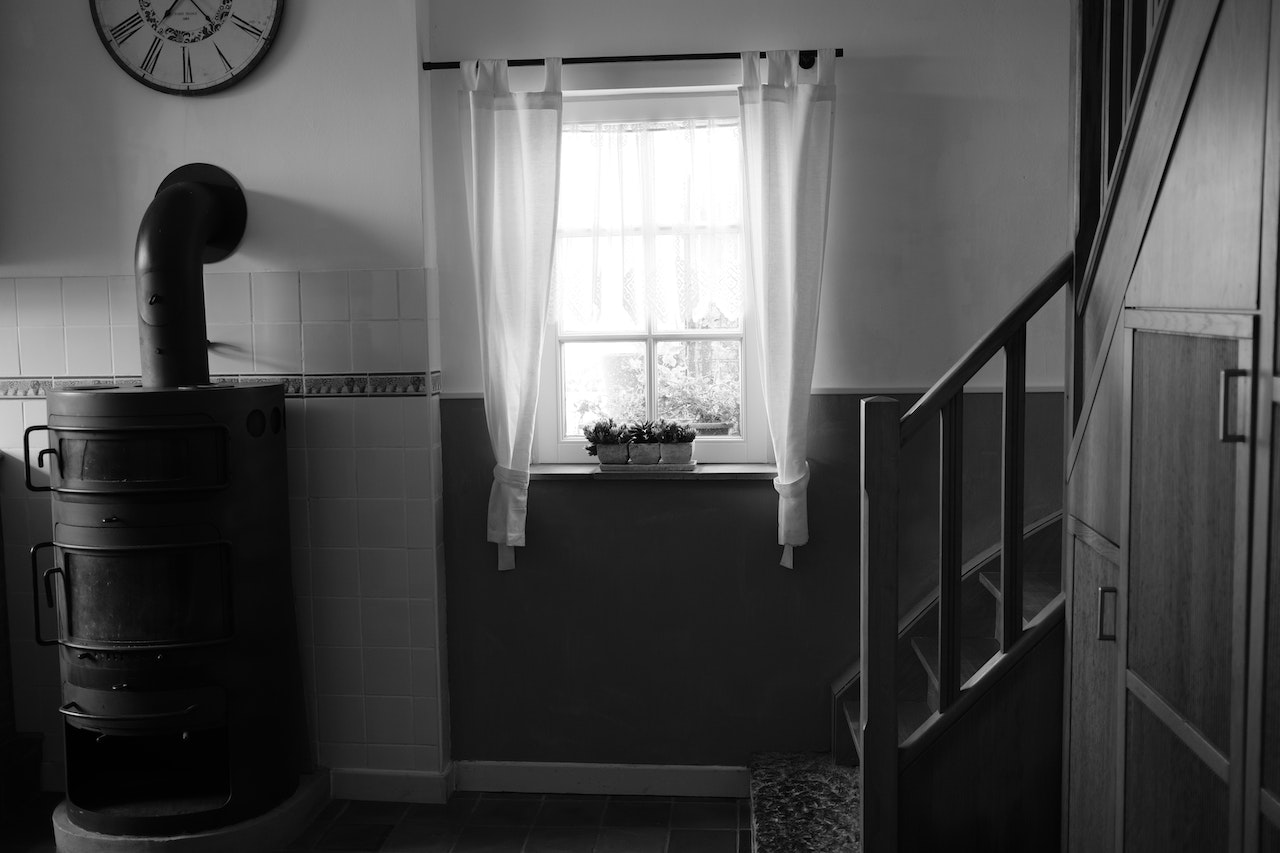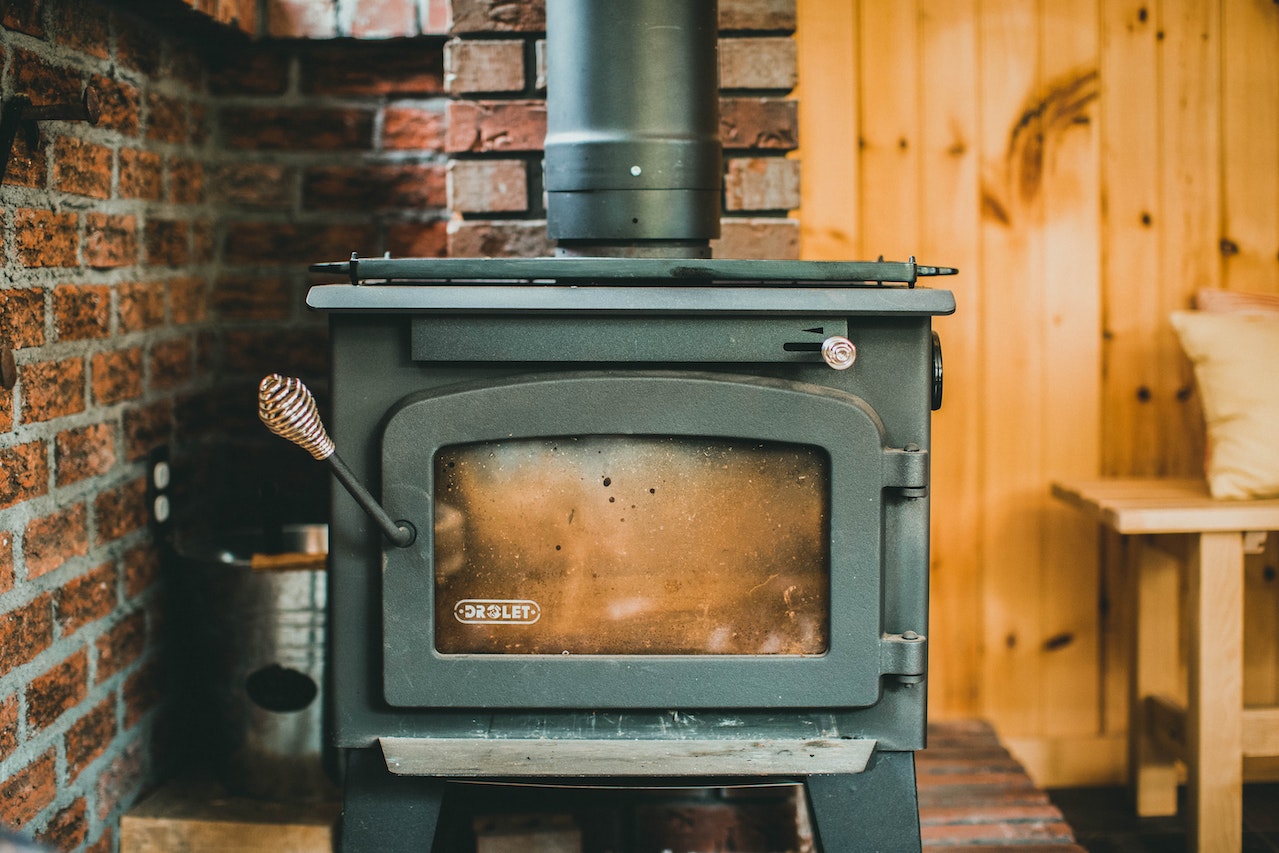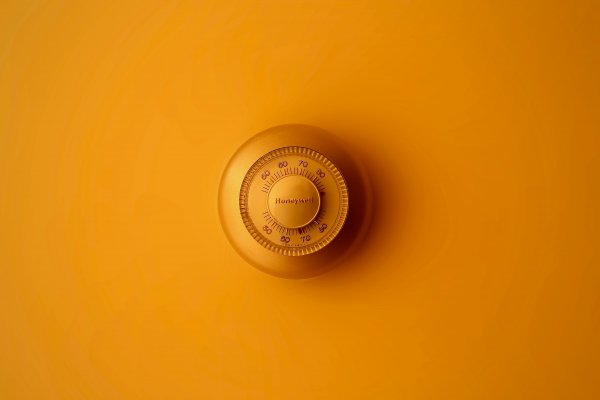It’s no secret that furnaces can have a lot of issues, especially during the cold winter months. As your furnace gets older, it is important to be aware of the common furnace problems, so you can quickly identify and repair them if they arise. Knowing how to repair these issues can help save time, money, and stress in the long run. This article will discuss the seven top problems that occur with furnaces and explain how you can diagnose and fix them.
Hearing loud furnace noises is a common issue that can come from many sources. Some of the most common furnace issues are caused by furnace blower motor squealing, worn bearings, or faulty parts such as belts and pulleys. In any case, it's important to diagnose the noise source so you can make sure your furnace is functioning properly and safely.
If your furnace is making a squealing sound that resembles a belt slipping, it's likely coming from the blower motor. An ill-fitting blower belt could cause this due to wear and tear over time. Replacing this part should solve the problem and stop the noise.
Worn bearings in the furnace motor can also cause a squealing sound. This typically requires replacing the furnace motor, which can be a bit more complicated and costly than replacing a belt. You'll want to call in a professional furnace technician for this job.
In addition to squealing furnace noise, rattling or shaking sounds may indicate that metal parts like belts, pulleys, and fan blades have worn down over time and need to be replaced. If you hear any of these noises coming from your furnace, it's important to take action immediately - putting off repairs can lead to further damage, costing you more money later on.
The pilot light is the small flame that lights up when the furnace turns on. If this light becomes extinguished for any reason, it will disrupt the operation of your system. The first step in diagnosing and fixing this issue is to check the thermocouple, a device that senses if the pilot light is on or off. If it’s defective, you’ll need to replace it. If not, then make sure there are no vents closed in the area near the furnace, as this can cause imbalances in air pressure and potentially extinguish your pilot light.
Aside from checking the thermocouple, you may need to adjust the air shutter on your furnace’s burner assembly. If this doesn't work, then inspect the gas valve for any residual moisture and make sure that it's clear of debris and dust. You should also make sure that the pilot tube isn't clogged or blocked—if so, clean it out with a vacuum attachment and relight it according to the manufacturer's instructions or contact an HVAC expert for help.
Various issues, such as a tripped circuit breaker or bad thermostat settings, could cause this. You should check your electrical panel to see if any breakers have been tripped and reset them if they have. Also, double-check your thermostat settings and ensure it is set to “heat” mode. If the furnace still doesn’t turn on, you may need to check the limit switch, a safety device that shuts off the gas supply if temperatures inside your home become too high.
A clogged air filter can cause your furnace to shut down, so be sure to inspect this periodically and replace or clean it as necessary. An air filter should typically be changed every three months, depending on how often you use your heating system.
This common issue can be caused by either a malfunctioning thermostat or an improperly sized furnace. Start by checking the thermostat settings and making sure they are set correctly. If they are and the problem persists, it could be a sign of an incorrectly sized furnace. In this case, you should contact a professional who can assess whether or not your current unit is sized properly for your home.
This could be caused by various issues, such as clogged air filters, closed registers, or blocked ducts. Start by inspecting all your filters and registers to ensure they are not blocked or restricted. Additionally, check the interior of the furnace for debris or anything else that may be blocking airflow. If everything looks clear, then you may need to call in a professional who can inspect your ductwork for any blockages.
A malfunctioning thermostat setting or faulty limit switch usually causes this issue. Start by checking your thermostat settings to make sure they are set correctly. If everything looks right, you should check the limit switch to ensure it is not malfunctioning. You can also inspect your blower motor to ensure it is functioning properly and not overworking itself, which could cause your furnace to cycle on and off repeatedly.
Carbon monoxide is a deadly gas that can be produced whenever combustion occurs. If your furnace produces too much of this gas, it could pose a serious hazard to your health. The first step should be to open up any windows or doors nearby to help ventilate the space. Then inspect your entire system for any signs of cracks or corrosion, which could indicate an issue with your heat exchanger. If this is the case, then you should turn off the furnace immediately and contact a professional for repairs.

By following these tips and taking the necessary steps to maintain your furnace properly, you can avoid serious imbalances in air pressure and potentially extinguish your pilot light. With some basic knowledge and care, you can ensure that your furnace continues running efficiently long into the future.





